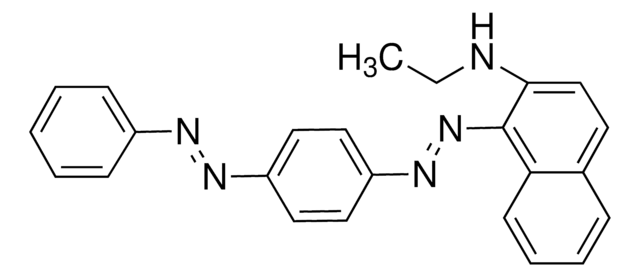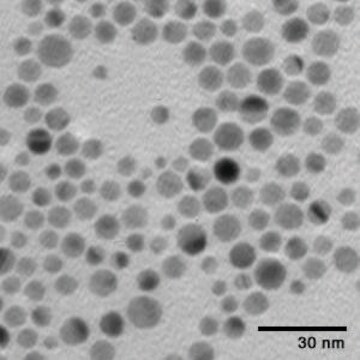All Photos(1)
About This Item
CAS Number:
MDL number:
UNSPSC Code:
12352303
PubChem Substance ID:
NACRES:
NA.23
Recommended Products
description
mixture
Quality Level
form
powder and chunks
impurities
silver(I) oxide (remainder)
density
7.483 g/mL at 25 °C
SMILES string
O=[Ag]
InChI
1S/Ag.O
InChI key
OTCVAHKKMMUFAY-UHFFFAOYSA-N
Application
Converts benzyl halides directly into benzyl ethers. Also used as a surface catalyst in the epoxidation of alkenes.
Signal Word
Danger
Hazard Statements
Precautionary Statements
Hazard Classifications
Eye Irrit. 2 - Ox. Sol. 2 - Skin Irrit. 2 - STOT SE 3
Target Organs
Respiratory system
Storage Class Code
5.1B - Oxidizing hazardous materials
WGK
WGK 3
Flash Point(F)
Not applicable
Flash Point(C)
Not applicable
Personal Protective Equipment
dust mask type N95 (US), Eyeshields, Gloves
Choose from one of the most recent versions:
Already Own This Product?
Find documentation for the products that you have recently purchased in the Document Library.
Customers Also Viewed
Studies in Surface Science and Catalysis, 59, 377-377 (1991)
Synthetic Communications, 23, 749-749 (1993)
Silver stools revisited.
Jonathan Wyse et al.
Gastroenterology, 144(5), e9-e10 (2013-03-26)
Adil M Allahverdiyev et al.
Future microbiology, 6(8), 933-940 (2011-08-25)
Nanotechnology is the creation of functional materials, devices and systems at atomic and molecular scales (1-100 nm), where properties differ significantly from those at a larger scale. The use of nanotechnology and nanomaterials in medical research is growing rapidly. Recently
Chiara Uboldi et al.
Mutation research, 745(1-2), 11-20 (2011-11-19)
Although amorphous silica nanoparticles (aSiO(2)NPs) are believed to be non-toxic and are currently used in several industrial and biomedical applications including cosmetics, food additives and drug delivery systems, there is still no conclusive information on their cytotoxic, genotoxic and carcinogenic
Our team of scientists has experience in all areas of research including Life Science, Material Science, Chemical Synthesis, Chromatography, Analytical and many others.
Contact Technical Service














